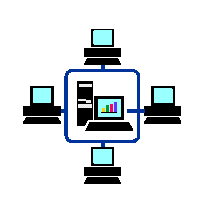Art of Living: For Exploring the Beautiful WorldIt has been perceived from the different evaluation that intellectual ability needs to be exercised in an effective way through scheduled practice and performance. Success comes not just from the knowledge and skills but also from behavior which can create distance between success and failure. And we can achieve expected behavior only by learning and unlearning ways of thinking that finally craft body language and ensure effective living in this beautiful world.Objective of the courseStudents will achieve the ability to understand life positively in personal, family and professional levels by joining this course.Final OutcomeGlobalization of trade has produced massive positive and negative externalities. Too much dependency on technologies and consumption philosophy beyond capacity finally play a role on destructing humanitarian qualities. Virtue and honor are essential qualities which empower individuals to strive to improve themselves and their societies. The very need for virtue and character formation is applied across the cultures and social strata. In this course, Students need to listen to multi-chrome conversations from all voices and stories with empathetic perspective. This course will expand our ability to understand the experiences of everyone, even with those we do not share ideas, thinking. Optimally, the humanist achieves Aristotle’s goal of developing the appropriate emotional responses to the needs of society and the troubles of others. The humanists (both the instructor and learner) help to create empathy, broaden the conception of people, moral concern, a sense of honor and decency, and strengthen responses to unjust conditions. Without humanitarian qualities, the drive for profit in global trade becomes the sole guiding principle of public policy and action. Humanities help to foster a public rhetorical discourse that promotes an emerging truth rather than a set, monolithic goal of profit or personal benefit regardless of everything. Humanitarian qualities will be basic tools for enjoying the journey from “I” to “We” to promote effective living in this precious world.Finally, this course will nurture students for becoming by good human beings. Moreover, students will achieve competency to cope with rapid changing world considering university as a place and platform to create knowledge and skills for their meaningful survival.
24 Lessons
Updated: Aug 2020
